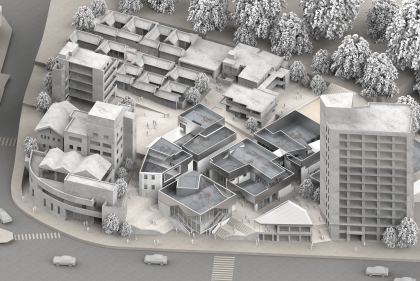Spatial Statistics and Data Analytics
The goal of this course is to familiarize students with a number of statistical and data mining techniques commonly used for analyzing different types of urban data. The course will have two key parts: 1) regression analysis for urban data, and 2) identifying patterns in urban data.
Even though the course will cover the theory and mathematics behind the majority of the statistical methods, it will focus mostly on their applications.
Students will learn when each statistical test should be used and the assumptions behind each test. In addition, while the R software will be used for most of the course, students will also learn to use several other software packages, such as GeoDa and VIS-STAMP. Finally, students will learn how to describe and interpret the output of the analyses that they run.
Even though the course will cover the theory and mathematics behind the majority of the statistical methods, it will focus mostly on their applications.
Students will learn when each statistical test should be used and the assumptions behind each test. In addition, while the R software will be used for most of the course, students will also learn to use several other software packages, such as GeoDa and VIS-STAMP. Finally, students will learn how to describe and interpret the output of the analyses that they run.
